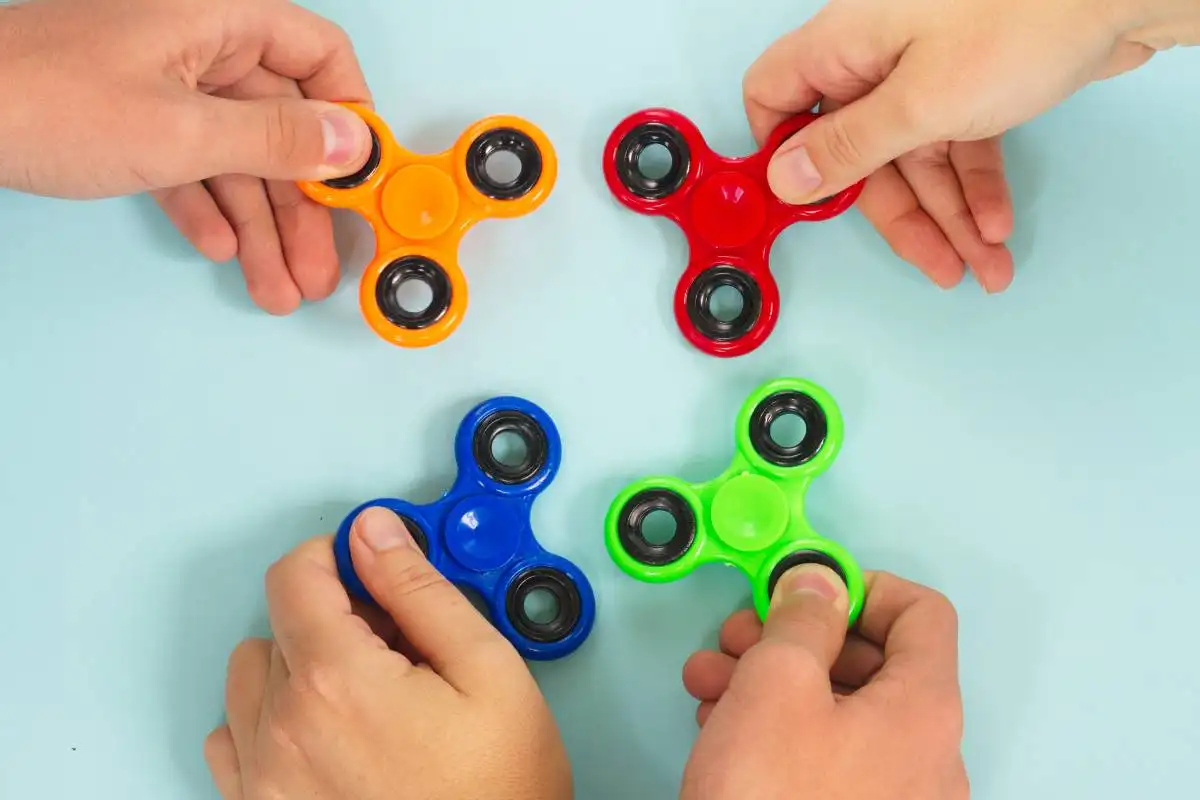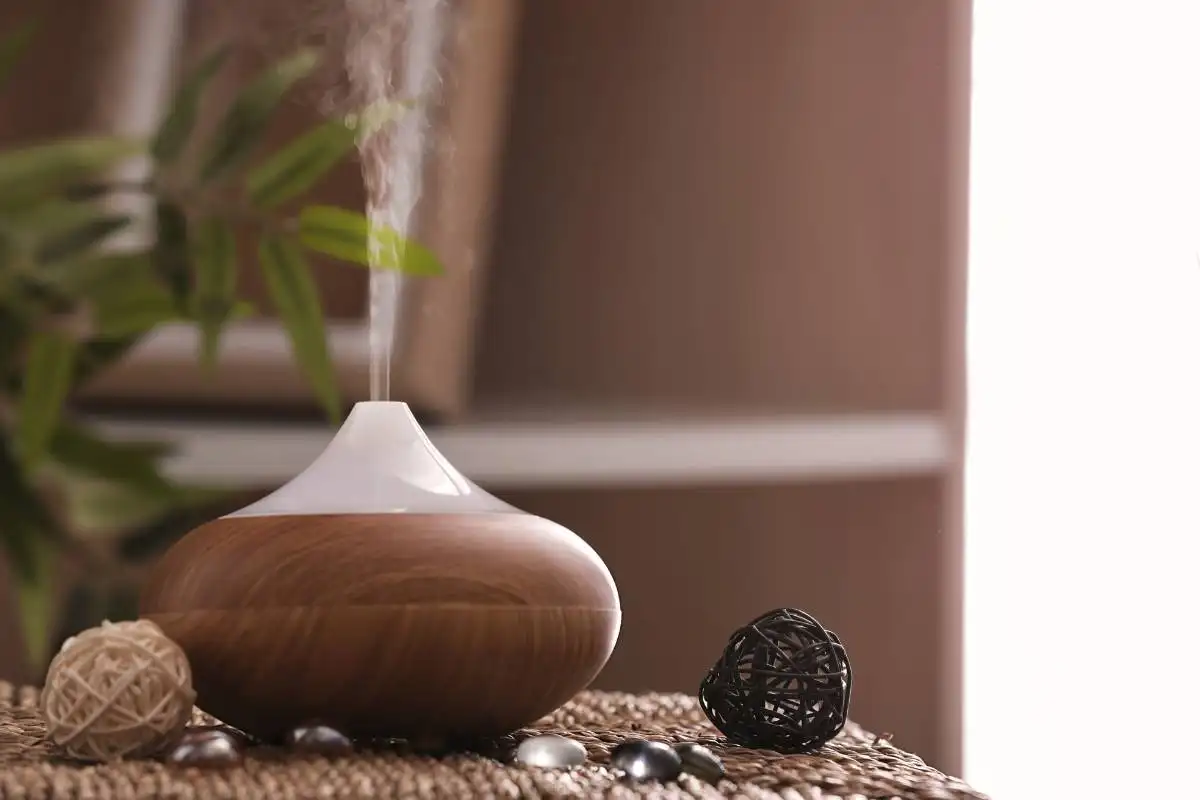Sensory gifts can be anything from a scented candle to a gourmet food basket. They can also be experiential, such as a spa day or a wine tasting. The key is to select items that stimulate the senses and create a memorable experience.
Sensory gifts are a unique and thoughtful way to show someone that you care. These gifts are designed to engage all five senses: touch, taste, smell, sight, and sound. They are perfect for people of all ages and can be tailored to suit a wide range of interests.
When selecting sensory gifts, it is important to consider the recipient’s preferences. For example, a concert ticket or a high-quality set of headphones could be the perfect gift if the person loves music. A set of gourmet spices or a cooking class could be ideal if the person enjoys cooking.
Sensory gifts can also be tailored to specific occasions. For example, a romantic dinner for two could include a luxurious bottle of wine, a scented candle, and a soft blanket to create a cozy atmosphere. A birthday gift could include a personalized fragrance, a gourmet food basket, or a spa day.
Tactile Sensory Gifts
For children who seek tactile sensory input, various gift options can provide the tactile stimulation they need.
Textured Toys and Puzzles
Textured toys and puzzles are excellent for providing tactile sensory input. These toys come in various shapes, sizes, and textures, offering a range of tactile experiences for children. Toys such as squishy balls, textured blocks, and sensory boards can provide different tactile sensations, engaging the child’s sense of touch and exploration.
Weighted Blankets and Stuffed Animals
Weighted blankets and stuffed animals can offer deep-pressure tactile input, which can be calming for some children. The gentle pressure provided by these items can help soothe and comfort children who seek tactile stimulation. These items come in different weights and textures, providing a comforting and calming tactile experience for the child.
Auditory Sensory Gifts
When it comes to auditory sensory gifts, there are many options to choose from. Here are some ideas to consider:
Musical Instruments
Musical instruments can provide a great way for children to explore sound and express themselves creatively. Consider getting a child a simple instrument like a xylophone, tambourine, or maracas to start with. For older children, a keyboard or guitar could be a great option.
Sound Machines and White Noise
Sound machines and white noise can be helpful for children who have difficulty sleeping or need help focusing. There are many different types of sound machines available, from ones that play nature sounds to ones that have a variety of white noise options. Some popular options include the Marpac Dohm Classic and the Hatch Baby Rest.
It’s important to note that while sound machines and white noise can be helpful for some children, they may not be appropriate for all children. It’s best to talk to a pediatrician or occupational therapist to determine if a sound machine or white noise would be beneficial for a specific child.
Visual Sensory Gifts
When it comes to visual sensory gifts, there are many options available that can help stimulate the senses and provide a fun and engaging experience for the recipient. Here are a few ideas to consider:
Light-Up Gadgets
Light-up gadgets are a great way to provide visual stimulation and can be a fun addition to any sensory space. Some popular options include LED light strips, light-up fidget spinners, and fiber optic lamps. These gadgets come in a variety of colors and can be used to create a calming atmosphere or an exciting visual display.
Kaleidoscopes and Projectors
Kaleidoscopes and projectors are another great way to provide visual stimulation. Kaleidoscopes uses mirrors and colorful objects to create beautiful, ever-changing patterns that can be mesmerizing to watch. Projectors can be used to create a variety of visual displays, from calming nature scenes to exciting light shows.
When choosing visual sensory gifts, it’s important to consider the individual needs and preferences of the recipient. Some individuals may prefer calming, muted colors, while others may enjoy bright and bold displays. It’s also important to consider any sensory sensitivities or preferences, such as a preference for dim lighting or a dislike of flashing lights. By taking these factors into account, you can choose the perfect visual sensory gift for your loved one.
Olfactory and Gustatory Sensory Gifts
When it comes to Olfactory and Gustatory Sensory Gifts, there are many options to choose from. Here are some ideas to consider:
Aromatherapy Diffusers
Aromatherapy diffusers are a great way to introduce olfactory sensory input. These diffusers release essential oils into the air, which can help calm or stimulate the senses. There are many types of diffusers available, including ultrasonic, nebulizing, and heat-based diffusers. Ultrasonic diffusers are popular because they produce a cool mist and are easy to clean. Nebulizing diffusers use pressurized air to break down essential oils into small particles, which are then released into the air. Heat-based diffusers use heat to evaporate essential oils, but they can be less effective at diffusing the oils evenly.
Some popular essential oils to use with diffusers include lavender, peppermint, and lemon. Lavender is known for its calming properties, while peppermint can help stimulate the senses and improve focus. Lemon is a refreshing scent that can help uplift the mood.
Flavor-Tasting Kits
Flavor-tasting kits are a great way to introduce gustatory sensory input. These kits usually include a variety of different flavors, such as sweet, sour, salty, and bitter. Some kits may also include umami flavors, which are savory and meaty.
One popular type of flavor-tasting kit is a chocolate-tasting kit. These kits include a variety of chocolates with different cocoa percentages and flavors, which can help children learn to differentiate between different tastes and textures. Another type of flavor-tasting kit is a tea-tasting kit, which can introduce children to different types of teas and their unique flavors.
When selecting a flavor-tasting kit, it’s important to consider any dietary restrictions or allergies. Some kits may contain nuts, dairy, or other allergens. It’s also important to supervise children when they are tasting different flavors to ensure they don’t consume too much of any one flavor.











